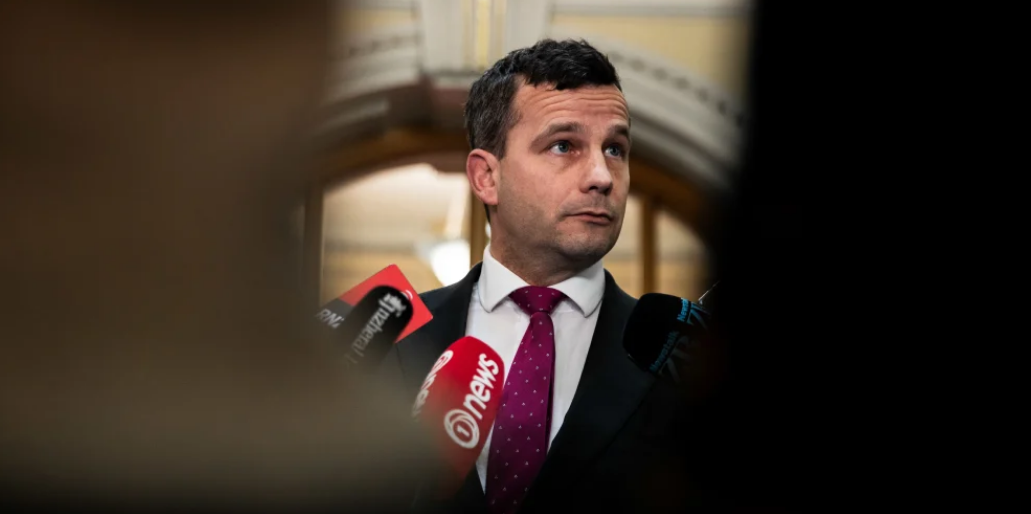
The government this year brought in daily attendance reporting, alongside changes to public health guidelines on when students are too sick to attend. It has announced a target for attendance of 80 percent of students present for 90 percent of the term.
"Any student who reaches a clearly defined threshold of days absent will trigger an appropriate and proportionate response from their school and the ministry," Seymour said.
Schools must have a stepped attendance response (STAR) plan in place by the beginning of the 2026 school yeaer.
Responses could include meeting with parents when a child is absent for 10 days to develop a plan for their return, and at 15 days escalating the response to the ministry or beginning prosecution of parents.
"Schools will have to play their part in setting a good example as well," he said.
This meant not taking teacher-only days during term time.
"I have asked the ministry to collect data on when a school is open or closed for instruction for the full day, and for each year group, during term time."
It was critical lost teaching time was made up, he said.
"I reserve the right to look at an infringement scheme in the future if this approach doesn't work."
Seymour said teacher-only days were legally only allowed to be held out of term time unless authorised by the Minister of Education.
The next phase of improving attendance rates would be further understanding why students did not go to school.
"I've directed the Ministry of Education, with the active co-operation of the Ministry for Social Development, Oranga Tamariki, Police, Kainga Ora, and Te Puni Kokiri to develop robust information sharing agreements so that staff can share appropriate information once a student has been identified as needing support.













